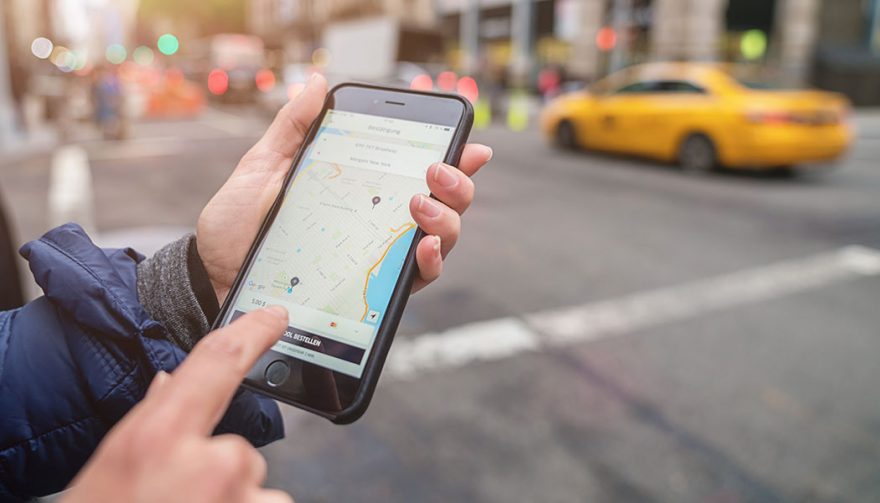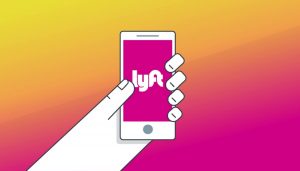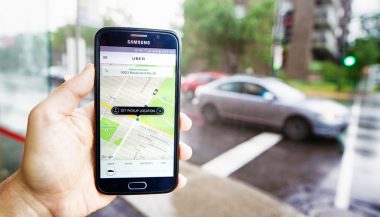
Ride hailing services have an averse effect on public transportation, according to a new study.
Study: Uber, Lyft Are Making Traffic Worse
Uber, Lyft and other ride hailing services are supposed to be clearing up roads. By having only a few individuals transporting more people, who presumably don’t have a car or drive infrequently, traffic should be decreasing.
If you live in a major urban center, likely you already know that notion is false. A new study from UC Davis Institute of Transportation Studies not only concluded that ride hailing services aren’t clearing up traffic, but instead are making it worse.
Ride Hailing Study
Briefly, you should understand this study first. Researchers gathered surveys from people in seven major metropolitan areas in the United States. They purposely sought out people from the urban and suburban zones of those metropolitan areas, getting a well-rounded perspective.
The focus of the survey was how people use services such as Uber and Lyft. What came back was interesting, shocking and revealing.
Out of adults in these major metropolitan areas, 21 percent actually use ride hailing services to get around by themselves. And of that number, 37 percent of riders did so to avoid hunting for parking in downtown areas, making it the most popular reason. The second most popular reason at 33 percent was to avoid driving drunk.
One of the most shocking details was how many people have stopped participating in car sharing services because of ride hailing apps. About half of ride hailing users who have used car sharing services in the past canceled their membership.
Researchers concluded from the results that up to 61 percent of trips made through ride hailing services could have been done through other means. In other words, people could’ve walked, ridden public transportation, ridden a bicycle, or just not gone out. That means companies like Uber and Lyft are adding unnecessary traffic to the already congested roads.
Basically, once people became convinced they needed to use ride hailing services, they pretty much cut out other forms of transportation. At the least, they seriously reduced how much they use alternative methods. The only real exception was heavy rail, because Uber doesn’t really compete with that.
Of course, the study did find that the quality of public transportation options in a city had a big impact. The higher that quality, the more likely people were to use ride hailing services in addition to public transportation. That makes sense, because why would you ride public transit if it was horrible and you had another way of getting around?
In the study researchers also found that people who use ride hailing services instead of driving their own car don’t travel less. Basically, they’ve just swapped one way of getting around for another, without reducing trip frequency or length.
What This Means
If you hate awful traffic, your view of Uber and Lyft might change. Sure, you might think this study doesn’t hold any water. But, then again, it might be spot-on. If it is, your support of such services could be fueling the thing that irritates you.
Since people aren’t traveling less once they do ride sharing, it makes sense that traffic is increasing. After all, Uber and Lyft drivers are not only taking these people from point A to point B, they’re also driving around to pick them up.
Another consequence of the growing popularity of ride hailing services could be struggling public transit. Before you laugh or clap, think about it for a moment. Some people can’t afford to have a car, and they can’t afford the prices Lyft or Uber charge. Public transportation is a need for them, plain and simple.
In addition, if public transit systems see a decline in ridership, they probably won’t shut down. Instead, they’ll require more public subsidization, which usually means higher taxes somewhere. Yeah, no fun.
Cities should be concerned. They need to make long-term plans about how people will get around, and they must take ride hailing services into account. Will these services be around in five or 10 years? What about in 20? Will they become more popular, less or stay about the same as now? How can they work better with public transit, or is that not possible? City planners and transit authorities really have their work cut out for them. Figuring out how things will take shape at this point will be challenging, to say the least.





